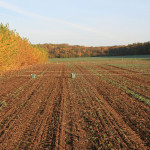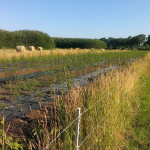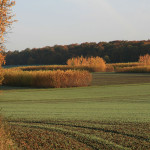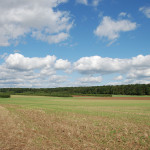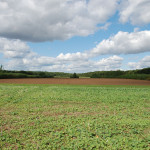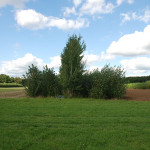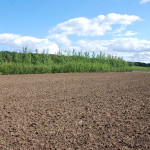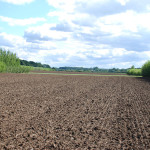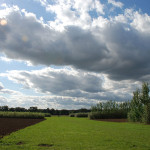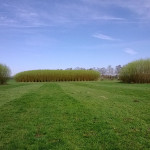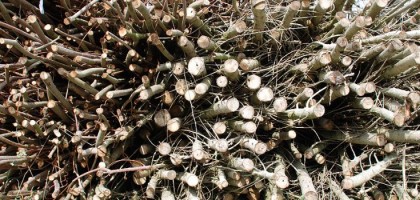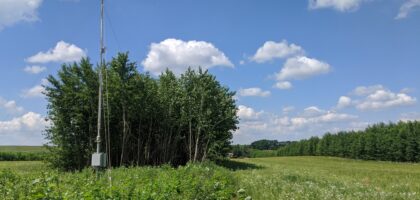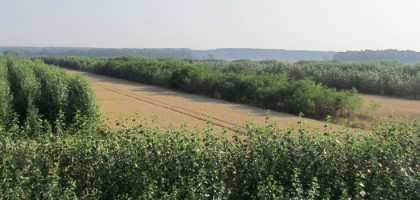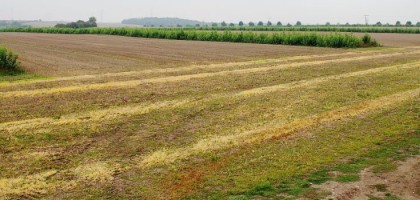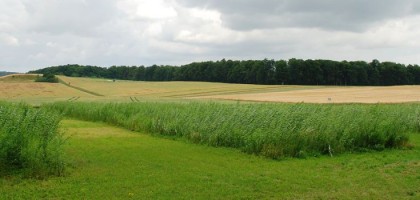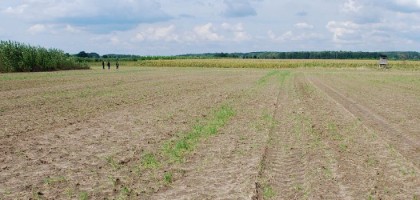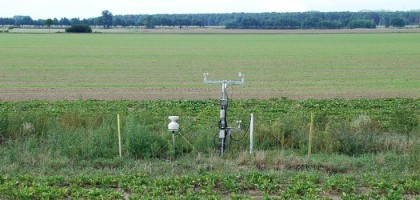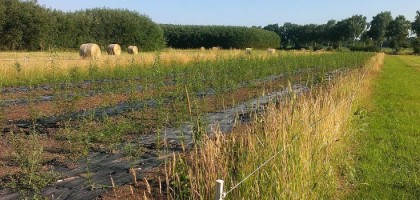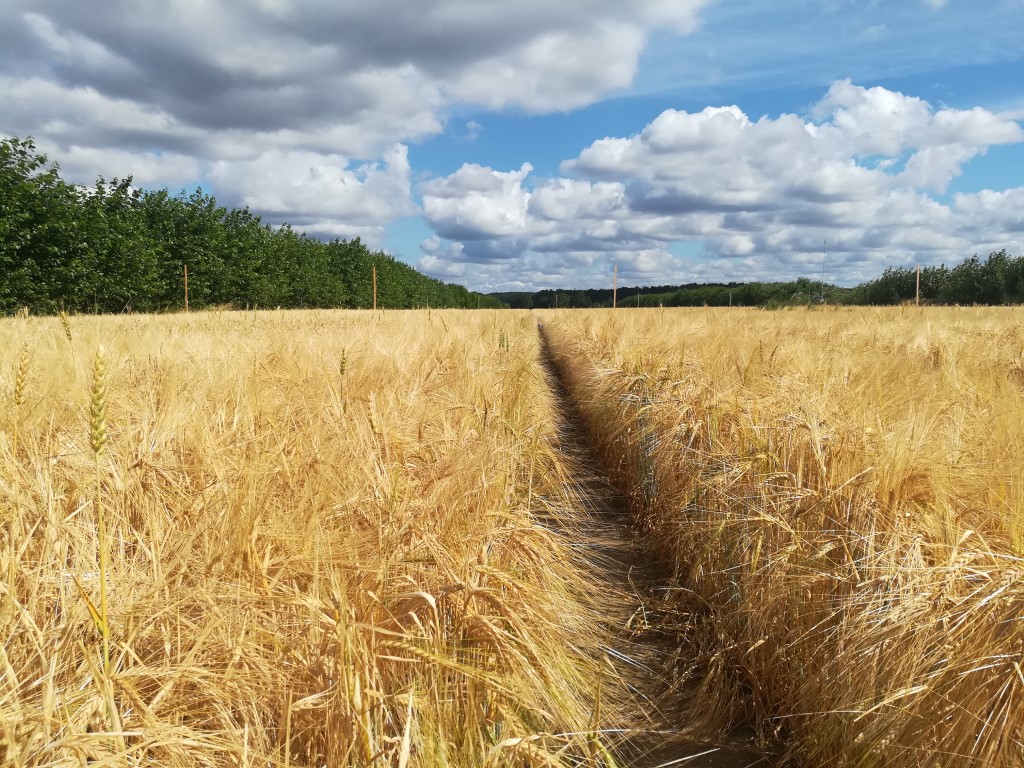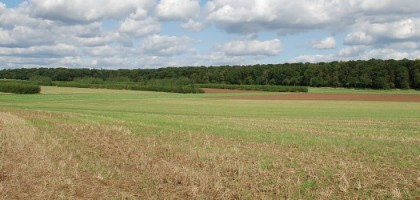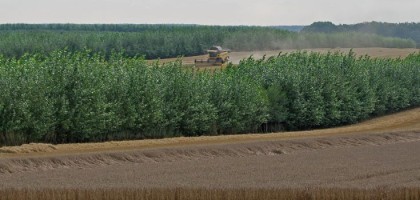TP3: Biomass quality
Yield, quality and carbon storage of annual and perennial crops
Summary
Based on our results from project phases I and II, we planted the shade-tolerant perennial fibre nettle (Urtica dioica L. convar. fibra), which occurs at forest edges, in the low-yield transition zone between tree strips and arable land. Its fibers can be used as a renewable raw material for the bioeconomy, e.g. for the textile industry or as a peat substitute in horticultural growing media. Overall, the cultivation of fiber nettle in the transition zone between tree strips and cropland is expected to create a more yield-stable cropping system that simultaneously increases product and biodiversity, as well as contributing to the expansion of crop rotation systems. The planting of fiber nettle cuttings from three different genotypes takes place outside the four SIGNAL core plots on a separate plot of the Wendhausen agroforestry site.
An annual study of effects of the tree strips on biomass yields and quality of the three fiber nettle clones will be conducted. In addition, the wind protection effect on the upwind (windward) and downwind (leeward) side of the tree strips will be investigated. Furthermore, a final analysis of the long-term crop yields in Wendhausen will take place, in which the development of the long-term yields in the extended period 2009-2023 for different annual arable crops and for the three cropping systems currently existing in Wendhausen (narrow agroforestry system, wide agroforestry system, arable reference area) will be investigated. For this purpose, biomass inputs and outputs are determined annually on the SIGNAL core plots at different distances from the tree strip. Furthermore, quality parameters such as crude protein content and starch content are determined on yield samples from all SIGNAL sites using near infrared spectroscopy (NIRS).
Agroforestry is seen as a measure to adapt agriculture to climate change. These systems can also have a potential climate protection function, e.g. the reduction of greenhouse gas emissions by removing C from the atmosphere and storing it in biomass and in the soil through accumulation of humus. In view of the challenges posed by climate change, the carbon storage of agricultural systems will play an important role. Therfore, in project phase III, the carbon storage in the cultivated biomass of the whole cropping system will be analyzed. The above- and below-ground biomass per area as well as the carbon content will be investigated and subsequently used to calculate the area-specific amount of carbon stored in the biomass. In doing so, the different cultivation systems in Wendhausen will be compared in terms of their carbon storage (system 1: poplar, pheasant, annual crop vs. system 2: poplar, annual crop vs. system 3: annual crop).
